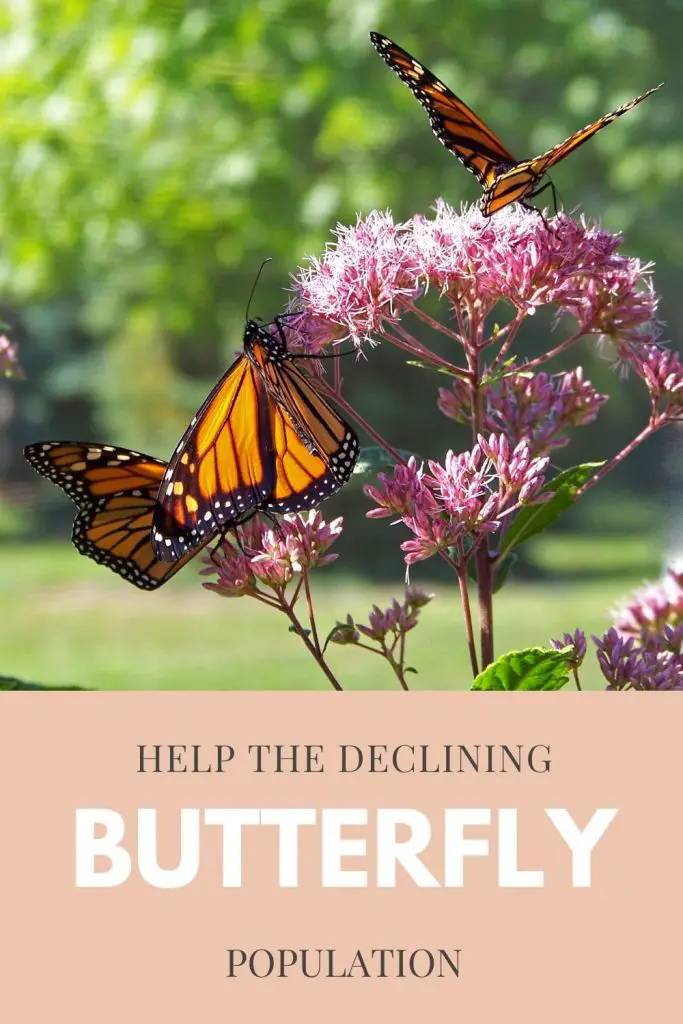Why are pollinator gardens important? That’s a great question, and I’m going to help to shed some light on the importance of pollinators today. This is a sponsored post, though all opinions are my own.
Pollinator gardens are important because pollinators like butterflies, bees and hummingbirds rely on the plants in these gardens for food and habitat. Pollinators help to maintain the ecosystem, and pollinate the plants that humans and animals eat. Without pollinators, our crops would suffer, and we would quickly see a shortage in fresh fruits and vegetables, along with other plant life.

Why are pollinators dying?
Sadly, many factors, including lack of habitat, are contributing to a declining monarch butterfly population, and they may soon be added to the endangered species list. The decline of pollinators can also be attributed to diseases, air pollution, pesticides, and native and invasive species competition.
The addition of monarch butterflies to the endangered species list will be decided later this year by the United States Fish and Wildlife Service. So before these beautiful beings become endangered, I am on a mission to help educate people, and to encourage them to plant milkweed, nectar flowers and other plant life that are beneficial to butterflies. Here is a list of host plants for butterflies that you might consider planting, and learn how you can attract pollinators to your garden to encourage pollination.

Check out the video below for more information on the declining monarch population, as well as a quick tutorial on how to plant Calendula seeds, which are one of the favorite flowers among monarch butterflies!
The information that HabiTally collects is anonymous, and is aggregated at the county level to see which areas are in good shape, and those areas that need more work in habitat planting. Conservation and protection initiatives and decisions can be made with the help of the data collected by HabiTally.
The HabiTally app is free to download in the App Store, and is very user friendly. Simply drop a pin on the map marking your habitat, and key characteristics of it. You can also let the app know if monarchs have visited your habitat. Together, we can work to make a difference in protecting these precious creatures!

Pollinator garden tips
Plant for the pollinators – Planting native plants that flower and provide nectar is a key factor in providing for our pollinators. You can plant a full garden, or do a container pollinator garden like I did with planting calendula in the video above. Adding annuals and herbs in addition to perennials is very beneficial to pollinators too. Bees also like some of these plants that attract hummingbirds.
Water Source – Pollinators thrive with a healthy water source, so you should consider adding a bird bath to your pollinator garden, and add a rock or two for thirsty pollinators to land on.